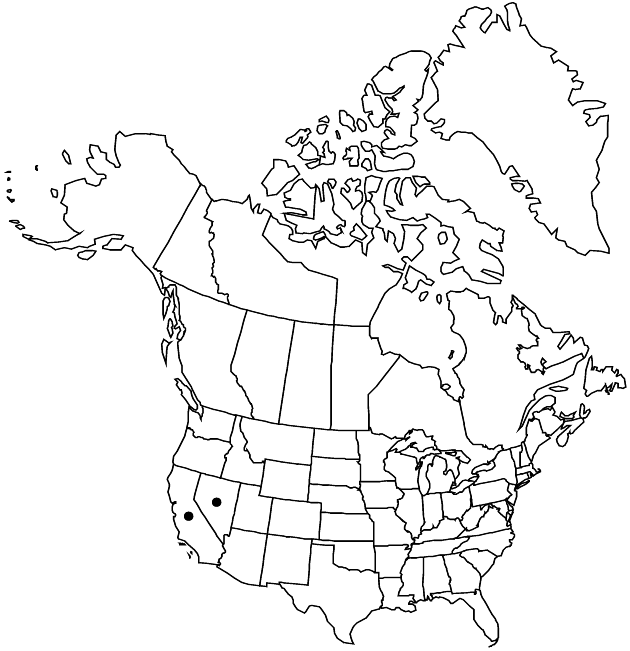Difference between revisions of "Cirsium occidentale var. venustum"
Man. Fl. Pl. Calif., 1167. 1925.
FNA>Volume Importer |
FNA>Volume Importer |
||
| Line 11: | Line 11: | ||
|name=Carduus venustus | |name=Carduus venustus | ||
|authority=Greene | |authority=Greene | ||
| + | |rank=species | ||
|publication_title=Proc. Acad. Nat. Sci. Philadelphia | |publication_title=Proc. Acad. Nat. Sci. Philadelphia | ||
|publication_place=44: 359. 1893 | |publication_place=44: 359. 1893 | ||
| Line 17: | Line 18: | ||
|name=Cirsium occidentale subsp. venustum | |name=Cirsium occidentale subsp. venustum | ||
|authority=(Greene) Petrak | |authority=(Greene) Petrak | ||
| + | |rank=subspecies | ||
}} {{Treatment/ID/Synonym | }} {{Treatment/ID/Synonym | ||
|name=Cirsium proteanum | |name=Cirsium proteanum | ||
| − | |authority= | + | |authority= |
| + | |rank=species | ||
}} | }} | ||
|hierarchy=Asteraceae;Asteraceae tribe Cardueae;Cirsium;Cirsium occidentale;Cirsium occidentale var. venustum | |hierarchy=Asteraceae;Asteraceae tribe Cardueae;Cirsium;Cirsium occidentale;Cirsium occidentale var. venustum | ||
| Line 35: | Line 38: | ||
|elevation=200–2300 m | |elevation=200–2300 m | ||
|distribution=Calif.;Nev. | |distribution=Calif.;Nev. | ||
| − | |discussion=<p>Variety venustum has the widest ecological range of the races of <i>C. occidentale</i>. Populations occur within a few miles of the California coast in the North and South Coast Ranges and western Transverse Range and range eastward across the state into scattered sites in the Sierra <i>Nevada</i> to the higher elevations of the arid mountains of the western Mojave Desert and adjacent areas of the southwestern Great Basin Desert. Most populations of these plants can be recognized by their striking red to reddish pink corollas. The heads are sometimes visited by hummingbirds as well as by a variety of insects. Intermediates have been documented between < | + | |discussion=<p>Variety venustum has the widest ecological range of the races of <i>C. occidentale</i>. Populations occur within a few miles of the California coast in the North and South Coast Ranges and western Transverse Range and range eastward across the state into scattered sites in the Sierra <i>Nevada</i> to the higher elevations of the arid mountains of the western Mojave Desert and adjacent areas of the southwestern Great Basin Desert. Most populations of these plants can be recognized by their striking red to reddish pink corollas. The heads are sometimes visited by hummingbirds as well as by a variety of insects. Intermediates have been documented between <i></i>var.<i> venustum</i> and vars. californicum and candidissimum.</p> |
|tables= | |tables= | ||
|references= | |references= | ||
| Line 44: | Line 47: | ||
-->{{#Taxon: | -->{{#Taxon: | ||
name=Cirsium occidentale var. venustum | name=Cirsium occidentale var. venustum | ||
| − | |||
|authority=(Greene) Jepson | |authority=(Greene) Jepson | ||
|rank=variety | |rank=variety | ||
| Line 59: | Line 61: | ||
|publication year=1925 | |publication year=1925 | ||
|special status= | |special status= | ||
| − | |source xml=https://jpend@bitbucket.org/aafc-mbb/fna-data-curation.git/src/ | + | |source xml=https://jpend@bitbucket.org/aafc-mbb/fna-data-curation.git/src/eaa6e58056e40c9ef614d8f47aea294977a1a5e9/coarse_grained_fna_xml/V19-20-21/V19_120.xml |
|tribe=Asteraceae tribe Cardueae | |tribe=Asteraceae tribe Cardueae | ||
|genus=Cirsium | |genus=Cirsium | ||
Revision as of 19:17, 16 December 2019
Plants usually erect, usually 50–300 cm, variably tomentose, sometimes ± glabrate. Heads sometimes in tight clusters at ends of peduncles, usually long-pedunculate, elevated well above proximal leaves. Involucres usually longer than wide, 2–6 cm, subglabrous to densely arachnoid, usually without fine trichomes connecting tips of adjacent phyllaries. Phyllaries imbricate, outer and mid apices ascending to rigidly spreading or reflexed, straight, 5–20+ × usually 2–3 mm. Corollas usually ± red (white, pink, rarely purple), 23–35 mm. 2n = 30.
Phenology: Flowering spring–summer (Apr–Jul).
Habitat: Foothill oak-pine woodlands, grasslands, chaparral, pinyon-juniper woodlands, Joshua tree woodlands, roadsides
Elevation: 200–2300 m
Discussion
Variety venustum has the widest ecological range of the races of C. occidentale. Populations occur within a few miles of the California coast in the North and South Coast Ranges and western Transverse Range and range eastward across the state into scattered sites in the Sierra Nevada to the higher elevations of the arid mountains of the western Mojave Desert and adjacent areas of the southwestern Great Basin Desert. Most populations of these plants can be recognized by their striking red to reddish pink corollas. The heads are sometimes visited by hummingbirds as well as by a variety of insects. Intermediates have been documented between var. venustum and vars. californicum and candidissimum.
Selected References
None.
